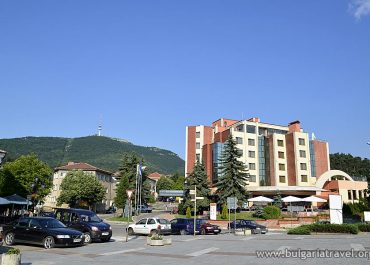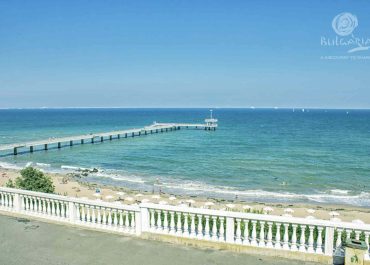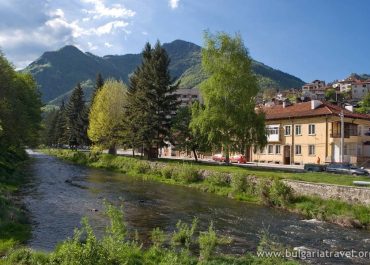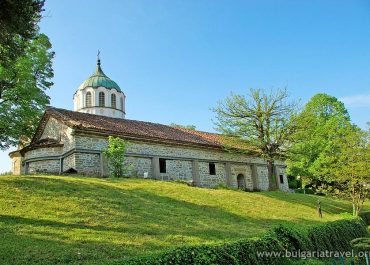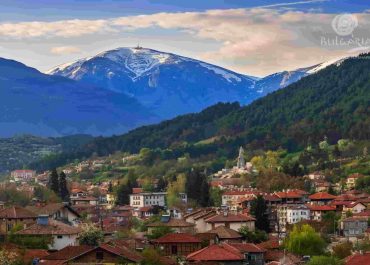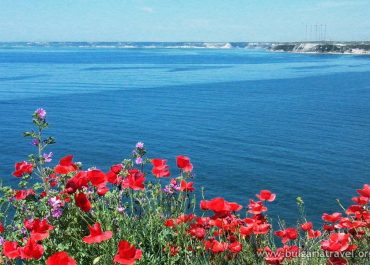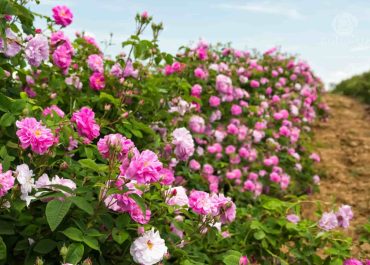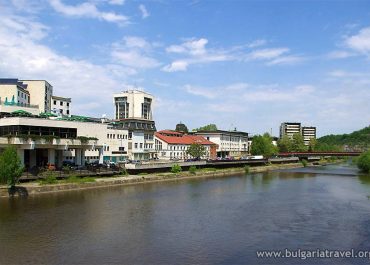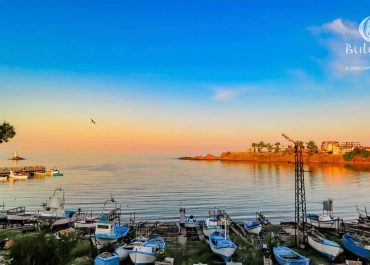
Cities
The first inhabited areas in what is now Bulgaria were the caves along the lower reaches of the rivers Iskar, Yantra and Rusenski Lom. By the 6th century BC, the most developed settlement network was Thracian. Later, under the impetus of mining, stock-breeding, and agriculture, settlements grew up in the Rhodopes, the Balkan Mountains, the Sofia area, the Vratsa area, and elsewhere.
At the beginning of the 4th century BC, there were about 3,000 settlements on the land that is now Bulgaria. In the 3rd century BC the first stone fortresses were built.
Until the end of the 2nd century BC, settlement development continued to reflect Thracian cultural influence. Sofia (Serdika), Plovdiv (Pulpudeva), Yambol (Kabile), Stara Zagora (Vereya), Kyustendil (Pautaliya), Blagoevgrad, among other places, were all established as Thracian settlements.
In the 8th century BC, the first Greek cities were founded as colonies (apoiki) in Aegean Thrace, and by the 7th century BC most of our Black Sea settlements were already established – Varna (Odesos), Sozopol (Apolonia), Pomorie (Anhialo), Tsarevo (Vasiliko), Nesebar (Mesembria), and others.
In the 2nd century BC, on present-day Bulgarian territory, the first Roman settlements and fortresses were erected along the river valley of the Danube and along the Balkan Mountain passes, as well as at way stations in the Danube Lowlands. Dating from Roman times are the present-day cities Vidin (Bononia), Svishtov (Nove), Ruse (Saksiginta Prista), Silistra (Durostorum), Montana (Montanesium), Lovech (Melta), Pleven (Storgozia), Razgrad (Abritus), Stara Zagora (Augusta Trayana), among others. After the establishment of the Bulgarian state, the number of settlements grew rapidly. During the First Bulgarian Kingdom (681-1018), their number grew to some 20,000, and new settlements appeared in northeastern Bulgaria, such as Pliska, Preslav, and Shumen. During the Second Bulgarian Kingdom (1185-1396), settlements such as Tarnovo, Cherven, Boruy, Krakra, Karvuna, and Kran were established.
At the end of the 17th century, Bulgarian settlements were established near inns and farms, and by the beginning of the 18th century mountain settlements developed as crafts centers, such as those at Kotel, Koprivshtitsa, Elena, Tryavna, Gabrovo, Sliven, and Samokov.
In the vicinity of the settlements established during the times of the Thracians, Greeks, and Romans, and later expanded during the First and the Second Bulgarian Kingdoms, there are still remains of fortresses and settlements.
Nowadays, there are 256 towns and cities in Bulgaria. The largest of these are Sofia, Plovdiv, Varna, Burgas, Ruse, Stara Zagora and Pleven. In the eastern part of the country, there are the Black Sea towns-resorts of Shabla, Kavarna, Balchik, Varna, Byala, Obzor, Nesebar, Pomorie, Burgas, Sozopol, Primorsko, Sveti Vlas, Chernomorets, Tsarevo, Kiten, Aheloy and Ahtopol. The towns and cities with developed mountain tourism are Samokov, Bansko, Dobrinishte, Chepelare, Smolyan, Elena, Troyan, Teteven, among others. There are also many cities and towns that offer vacation possibilities and balneological treatments, such as Bankya, Varshets, Velingrad, Hisarya, Sapareva Banya, Strelcha, Kyustendil, and Devin. Also of interest to tourists are the Danube towns of Vidin, Lom, Kozloduy, Oryahovo, Nikopol, Belene, Svishtov, Ruse, Tutrakan and Silistra.
Many Bulgarian towns have preserved their Revival architecture. These include Kotel, Koprivshtitsa, Kalofer, Sopot, Elena, Tryavna, Bansko, Melnik (the smallest town in Bulgaria), among others. In some of the towns and cities there are also architectural and ethnographic complexes that have been preserved or restored: Plovdiv’s Old Town, Nesebar’s Old Town (a UNESCO cultural heritage site), Gabrovo’s (Etara), the Old Town in Sozopol, the Old Town in Dobrich, Zlatograd’s Areal Complex, Varosha in Lovech, Smolyan’s residential sections Raykovo and Ustovo, Blagoevgrad’s Varosha, Sevlievo’s Ethnographic Complex, Malko Tarnovo, the Samodovska Charshiya in Veliko Tarnova, Pleven’s Revival Complex, Razgrad’s (Varosh), and others. The ancient Bulgarian capitals of Pliska, Veliki Preslav and Veliko Tarnovo are also of great interest for tourists.



